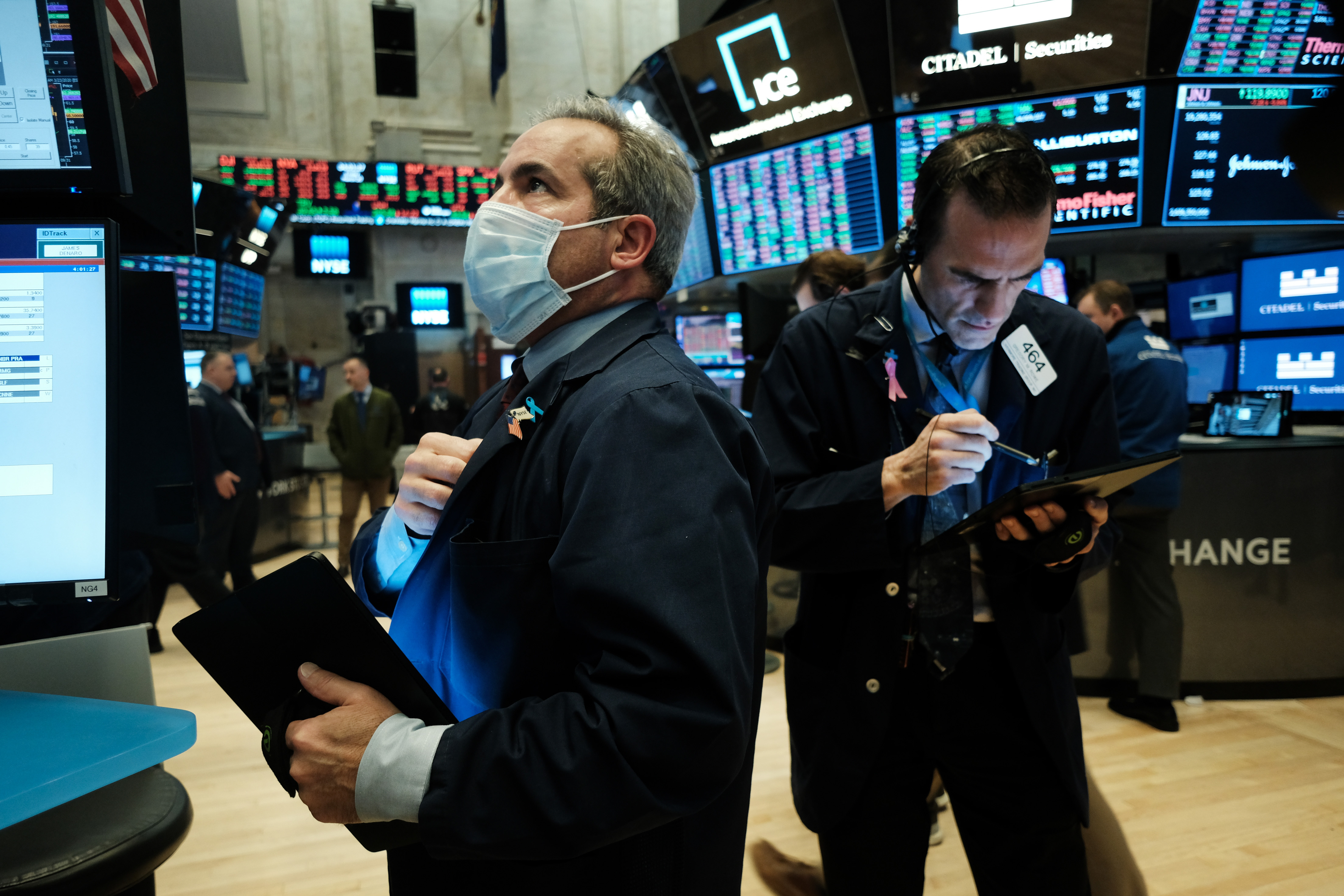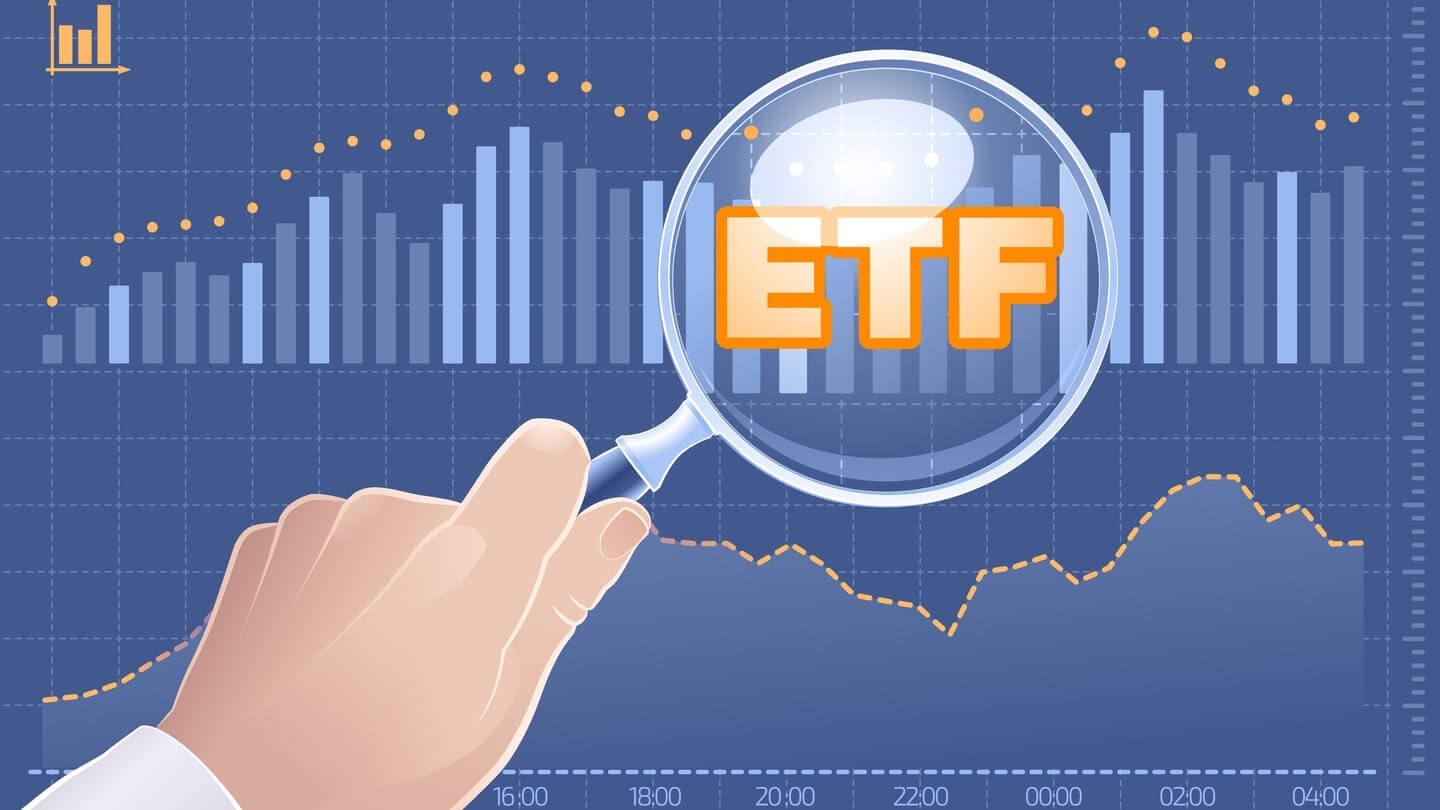Economic Stability Indicators for Smart Investments

Navigating financial markets requires more than intuition; it demands a deep understanding of economic stability indicators. These metrics provide insight into the health and resilience of economies, guiding investors to make informed, strategic decisions. By analyzing trends in inflation, employment, GDP growth, and fiscal policy, market participants can anticipate potential risks, identify opportunities, and optimize their investment portfolios for long-term stability.
Inflation Trends and Price Stability
One of the most critical metrics is the rate of inflation, which reflects changes in the cost of goods and services. A stable price environment fosters predictable returns and protects purchasing power. Sudden spikes or prolonged deflation can erode investment value, impacting sectors differently. For example, equities and bonds react differently to inflationary pressures, making it crucial to monitor consumer price indices and core inflation rates closely.
Employment Rates and Labor Market Health
A robust labor market is a strong signal of economic vitality. Low unemployment rates often correlate with increased consumer spending, business expansion, and higher corporate profits. Conversely, rising joblessness can indicate weakening demand, reduced productivity, and potential recessionary pressures. Labor force participation, wage growth, and job creation trends are additional variables that provide nuanced perspectives on market stability.
Gross Domestic Product and Economic Growth
Gross Domestic Product (GDP) measures the total output of goods and services within an economy and serves as a central benchmark for investors. Consistent, moderate growth rates typically signify a healthy business environment and potential for sustainable returns. However, erratic fluctuations or stagnation can signal structural inefficiencies, necessitating cautious allocation of capital. Sector-specific GDP contributions, such as manufacturing or technology, also offer insights into the economy’s underlying strengths and vulnerabilities.
Fiscal Policy and Government Spending
Government fiscal policies significantly influence market conditions and investor confidence. Public expenditure, taxation strategies, and budgetary surpluses or deficits can stimulate growth or introduce volatility. Proactive fiscal management, such as targeted infrastructure investments or stimulus packages, often stabilizes economic cycles. Conversely, excessive borrowing or erratic policy shifts can heighten uncertainty, affecting capital markets and long-term planning.
Monetary Policy and Interest Rate Movements
Central banks utilize interest rates, reserve requirements, and open market operations to manage liquidity and control inflation. Low rates generally encourage borrowing and investment, spurring economic activity, while high rates may temper inflation but reduce capital inflows. Investors must scrutinize monetary policy statements, benchmark rates, and quantitative easing measures to anticipate market responses and adjust portfolios accordingly.
Consumer Confidence and Spending Behavior
Investor sentiment often mirrors consumer behavior. High confidence levels usually translate into increased spending, robust demand, and elevated corporate earnings. In contrast, declining sentiment can presage slower economic activity, affecting both cyclical and defensive investments. Indices tracking consumer optimism, retail sales, and household expenditure patterns are instrumental in gauging market sentiment.
Trade Balance and External Sector Stability
International trade and the balance of imports and exports impact currency stability, inflation, and growth potential. Persistent trade deficits can strain foreign reserves and weaken domestic currency, influencing global investment flows. Conversely, surplus conditions enhance economic resilience, creating a favorable environment for both domestic and foreign capital. Monitoring trade partnerships, tariffs, and geopolitical developments is essential for anticipating market dynamics.
Financial Market Health and Liquidity
A sound banking system, robust capital markets, and ample liquidity support smooth economic functioning. Indicators such as credit availability, banking sector capitalization, and bond market yields reflect the capacity of financial institutions to absorb shocks. Investors benefit from assessing these variables, as they often predict systemic risk and inform portfolio diversification strategies.
Inflation-Adjusted Returns and Real Interest Rates
Focusing on real, inflation-adjusted returns rather than nominal gains allows investors to preserve purchasing power and ensure long-term portfolio growth. Real interest rates provide insight into the opportunity cost of capital, highlighting sectors likely to outperform in different economic climates. Aligning investment strategies with these metrics enhances resilience and mitigates exposure to market volatility.
Geopolitical Stability and Policy Predictability
Political stability and coherent governance frameworks underpin market confidence. Countries with predictable policy-making and robust institutions typically exhibit lower volatility, attracting sustained investment. Investors should evaluate governance indicators, regulatory frameworks, and geopolitical risks, as instability can reverberate across markets, influencing capital allocation and asset pricing.
Risk Mitigation and Portfolio Diversification
Understanding these indicators facilitates informed risk management. Diversification across asset classes, sectors, and geographic regions mitigates exposure to localized shocks. Strategic allocation, informed by macroeconomic trends and market intelligence, ensures that investment portfolios remain balanced, resilient, and aligned with long-term objectives.
Technological Advancements and Economic Productivity
Innovation-driven productivity gains can bolster economic stability by enhancing competitiveness and output efficiency. Technology adoption, research and development investment, and digital transformation initiatives often serve as catalysts for growth, creating new avenues for investment. Monitoring technological trends alongside traditional economic metrics provides a comprehensive perspective for investors seeking sustainable returns.
A nuanced understanding of economic metrics is essential for successful investment strategy. By analyzing inflation trends, employment data, GDP growth, fiscal and monetary policies, and global trade dynamics, investors can anticipate risks and capitalize on opportunities. Integrating these insights with financial market indicators, consumer behavior, and geopolitical assessments ensures that portfolios are strategically positioned for stability and growth. Mastery of these principles empowers investors to navigate complex markets confidently, optimizing returns while safeguarding against uncertainty.




